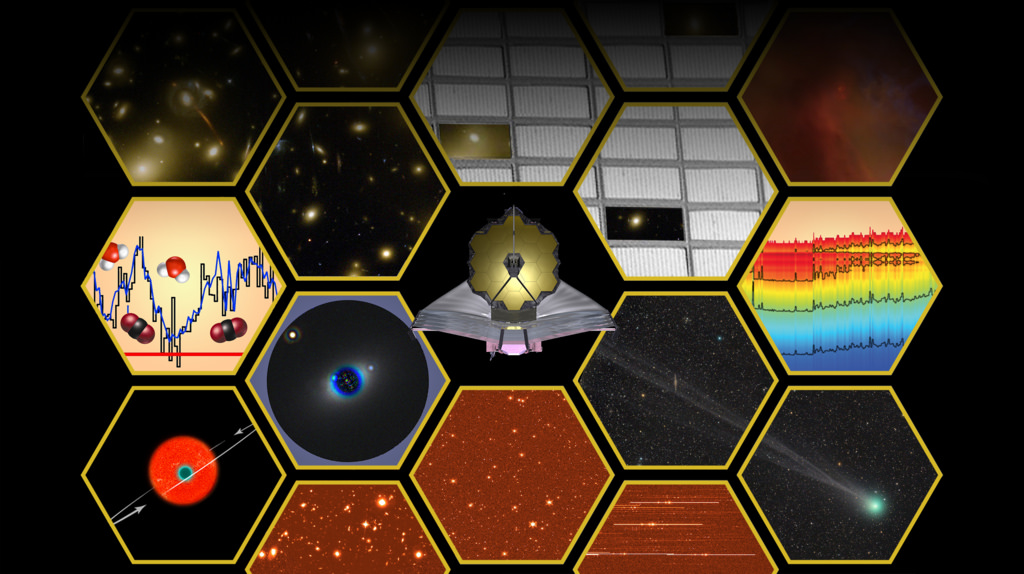Space Telescope Science Institute seeks research proposals for first cycle of Webb observations

Credit: NASA
The Space Telescope Science Institute, the flight and science operations centre for the James Webb Space Telescope, is inviting international research teams to submit proposals for General Observer time slots.
The observing time will be used by scientists to conduct innovative research in many areas of astronomy and astrophysics, including cosmology, galaxies and massive black holes, stars and stellar systems, exoplanets and outer solar system objects.
There are up to 6,000 hours available, which will be allotted as follows:
- Small proposals (25 hours or less requested): 3,500 hours
- Medium proposals (more than 25 hours but less than or equal to 75 hours requested): 1,500 hours
- Large proposals (more than 75 hours requested): 1,000 hours
Proposals must be submitted by April 6, 2018, at 8:00 p.m. (EDT). The winning selections will be announced in July 2018.




